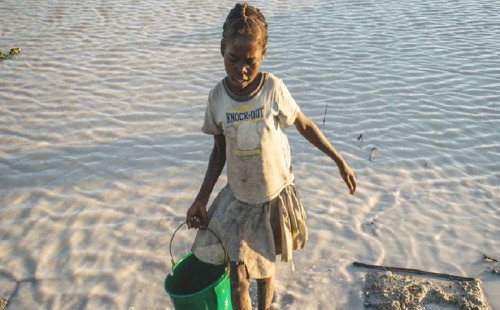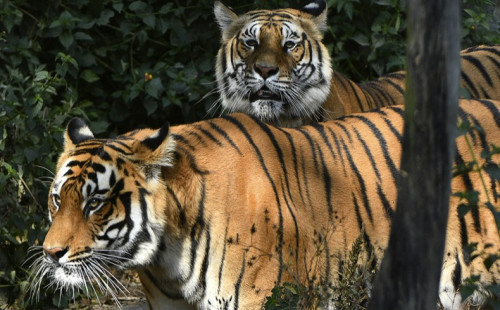Apparel exports see 52% growth in two weeks amid Russia-Ukraine war

In July-February of FY22, readymade garment shipment saw about 30% growth to $27.49 billion over the corresponding period in the previous year, according to data published by the Export Promotion Bureau (EPB).
Bangladesh's apparel exports have kept on its green patch as it registered more than 52% year-on-year growth – amounting to $1.63 billion – in the first two weeks of March amid the Russia-Ukraine war, thanks to continued global demand and the country's leveraging of anti-China sentiments in the United States and the European countries.
The sector also enjoyed an over 200% growth year-on-year in a single day during the period even though the $606 million Russian market is now running dry as its banks are cut off from SWIFT, the main international payment system, and shipping lines declined to carry any goods to the country, said sources at the Bangladesh Garment Manufacturers and Exporters Association (BGMEA).
The BGMEA came up with the calculation based on the National Board of Revenue data as the Export Promotion Bureau is yet to make the official announcement.
BGMEA President Faruque Hassan told The Business Standard that the apparel exports saw a good growth even during the war. "But we cannot predict how long this growth will continue as the war may lead to any uncertainty anytime," he noted.
Apparel makers witnessed a good growth in exports to the US market and continue to receive orders from the market, he also said.
BKMEA former president Fazlul Hoque said, "We are receiving more orders from the US market thanks to an increase in its internal demand."
The US buyers are also looking for alternative sources instead of China owing to their state policy, he also said.
Fazlul Hoque, also managing director of Plummy Fashions Ltd, greenest knitwear factory in the world, said the war has no relation with the overall exports of Bangladesh.
But exporters are having problems with exports to the Russian market and getting payments, while buyers are assuring them of receiving goods and making payments through alternative arrangements, he pointed out.
Mostafiz Uddin, managing director of Denim Expert Ltd and founder and chief executive officer of Bangladesh Apparel Exchange, said, "This is our organic growth, it was expected."
He further said, "We are now in the peak season. Every year we face four months of off-season, which are January-February and June-July."
Russia is not a big market, that is why it will not affect the country's export, but rising freight costs, further triggered by the ongoing Russia-Ukraine war, are affecting Bangladesh like all other countries, Mostafiz said.
BKMEA Vice president Fazlee Shamim Ehsan said Bangladesh's exports have been going up in March as it is a peak season.
The country is also experiencing good growth in the US market because of anti-China sentiments, and such perception is also growing in the EU, which will also help Bangladesh export more to the EU, he also said.
"Despite the significant rise in prices of raw materials, buyers keep trust in our entrepreneurs that have helped our exports grow in terms of volume and value,"' he added.
Exports to US market
Bangladesh apparel exports to the US saw a healthy growth of over 45% to $756 million in terms of value and volume in January 2022, according to the Office of Textiles and Apparel (OTEXA), an affiliate of the US Department of Commerce.
The export receipts amounted to only $519 million in the same month of 2021.
In terms of volume, the apparel exports also sustained a 42.17% growth to 282.38 million square metres in January 2022, up from 198.62 million square metres in January 21 in the US as the single-largest export destination without any duty preference.
In January this year, China exported $1.90 billion worth of clothing items and Vietnam $1.27 billion.
US apparel imports from other major sourcing destinations, such as India, Pakistan and Cambodia, grew by 53.40%, 44.41% and 42.12% respectively.
The US overall apparel imports also increased by 36.60% to $7.54 billion in January this year from across the world, while it was $5.52 billion in the same month of 2021, according to OTEXA data.
.png)













